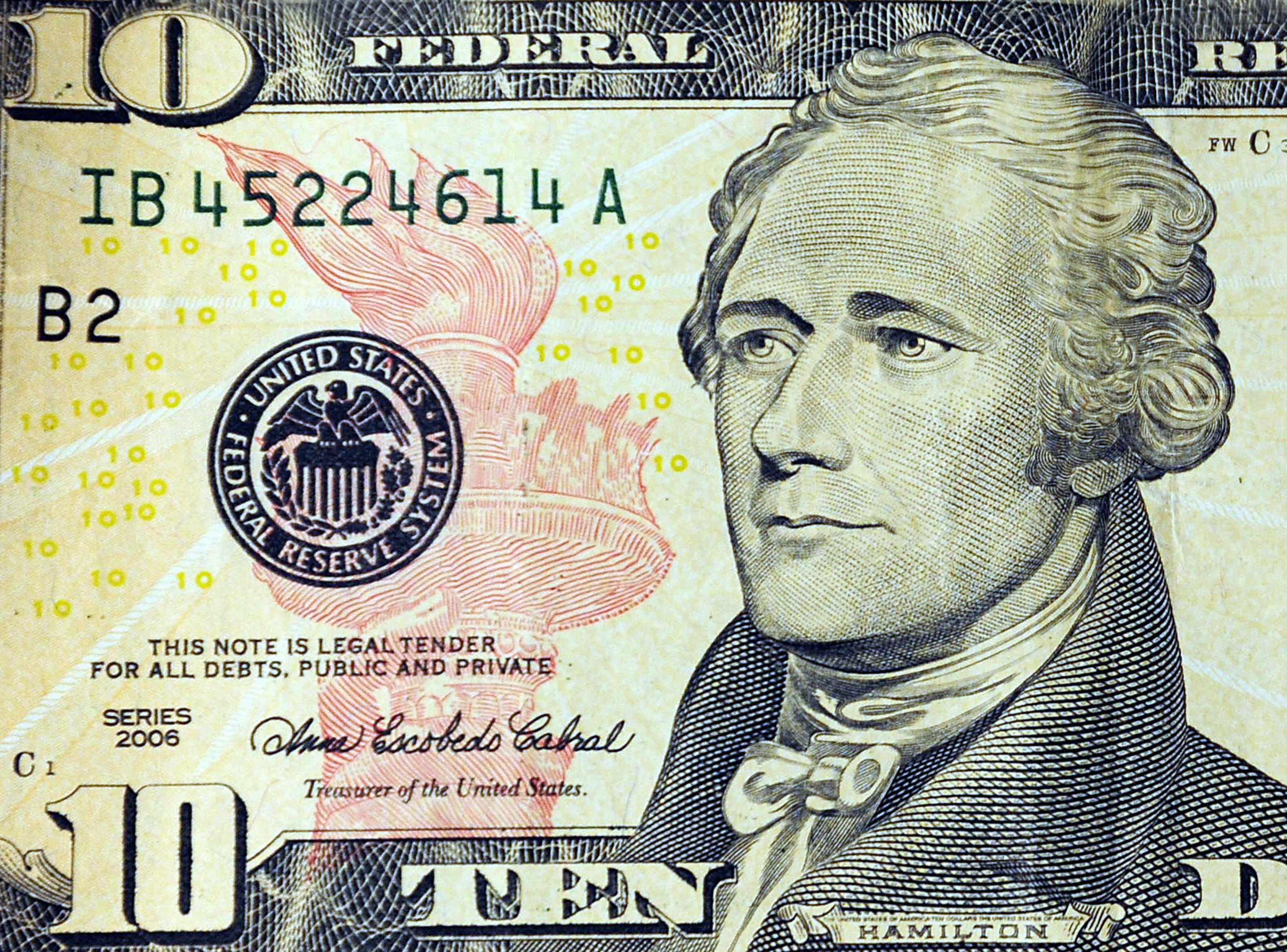Unveiling the Truth: The Fascinating Story Behind the $10 Bill with a President
The $10 bill, a staple in many wallets and pockets, has a rich history that spans over two centuries. From its humble beginnings as a special paper note to its current status as a circulating bill, the $10 has undergone significant changes over the years. But what makes this bill so special? What legacy does it leave behind? In this article, we will delve into the fascinating story behind the $10 bill, exploring its history, design, and the president who left an indelible mark on its legacy.
The $10 bill has a long and complex history that dates back to 1861, when the United States government first issued special paper notes to finance its efforts during the Civil War. These notes, known as "war paper," were printed on a special type of paper that was more durable and resistant to wear and tear than regular currency. The $10 bill was one of the first denominations to be printed, and it quickly became a popular choice among civilians and military personnel alike.
One of the most interesting facts about the $10 bill is its unique design. The current design, which features a portrait of Alexander Hamilton on the obverse and an image of the White House on the reverse, was introduced in 1928. However, the $10 bill has undergone several design changes over the years, with the most significant change occurring in 1969, when the Treasury Department switched to a new design that featured a portrait of Salmon P. Chase, the Secretary of the Treasury under President Abraham Lincoln.
The $10 bill's legacy is a testament to the enduring power of the United States economy. From its early days as a special paper note to its current status as a circulating bill, the $10 has played a significant role in shaping the country's financial landscape. But what makes this bill so special? What legacy does it leave behind?
The $10 Bill's Place in American History
The $10 bill has played a significant role in American history, particularly during times of economic turmoil. During the Great Depression, for example, the $10 bill was one of the most widely used denominations, as people sought to exchange their money for goods and services. The $10 bill also played a key role in financing the country's war efforts during World War II, as the government used the bill to purchase supplies and equipment for the military.
Features of the $10 Bill
The $10 bill features a number of interesting design elements, including:
- The portrait of Alexander Hamilton on the obverse, which was introduced in 1928
- The image of the White House on the reverse, which was introduced in 1928
- The Treasury seal, which features the words "Department of the Treasury"
- The serial number, which is unique to each individual bill
The $10 bill also has a number of security features, including:
- Watermarks, which are woven into the paper and can be seen when held up to light
- Security threads, which are embedded in the paper and can be seen when held up to ultraviolet light
- Color-shifting ink, which changes color when viewed from different angles
Design Changes Over the Years
The $10 bill has undergone several design changes over the years, including:
- 1861: The first $10 bill was printed during the Civil War era
- 1928: The current design, featuring Alexander Hamilton on the obverse and the White House on the reverse, was introduced
- 1969: The Treasury Department switched to a new design, featuring Salmon P. Chase on the obverse and the White House on the reverse
- 1996: The United States government introduced a new $10 bill with a portrait of Alexander Hamilton on the obverse and a portrait of Thomas Jefferson on the reverse
Security Features
The $10 bill has a number of security features that make it difficult to counterfeit, including:
- Watermarks, which are woven into the paper and can be seen when held up to light
- Security threads, which are embedded in the paper and can be seen when held up to ultraviolet light
- Color-shifting ink, which changes color when viewed from different angles
- Microprinting, which is tiny text that is difficult to read with the naked eye
Bill Denominations
The $10 bill is one of several denominations that make up the United States currency. Other denominations include:
- $1 bill
- $2 bill
- $5 bill
- $20 bill
- $50 bill
- $100 bill
Types of $10 Bills
There are several types of $10 bills that have been printed over the years, including:
- Federal Reserve notes
- Small-serial-number notes
- Large-serial-number notes
- Signature notes
Errors on the $10 Bill
The $10 bill has been printed with several errors over the years, including:
- Typos
- Incomplete printing
- Misspelled words
- Incorrect images
Historical Bills
There have been several historical $10 bills that have been printed over the years, including:
- The 1861 $10 bill, which was printed during the Civil War era
- The 1928 $10 bill, which featured Alexander Hamilton on the obverse and the White House on the reverse
- The 1969 $10 bill, which featured Salmon P. Chase on the obverse and the White House on the reverse
Collectible $10 Bills
There are several collectible $10 bills that have been printed over the years, including:
- Error bills
- Signature notes
- Signature cancellation notes
Whenid Piddyie
Dididdy Pass Away
The Owners Kpkuang
Article Recommendations
- Karlanenio Case Pictures
- Did Piddy Passed Away
- Yelena Bivol
- Kaitlyn Kremsd Pos
- Foolio Autopsy
- Jesse L Martin Relationship
- Ella Purnell
- Who Is Tony Hinchcliffe Father
- Aishah Hasnie No Makeup
- Benicioel Toro



